#Domesticated Animal
Text

Source: @cryptid_bean on Twitter
#cat#Animal#Cute#cute animals#Kitty#Kitty cat#Pets#Domesticated#Domesticated Animal#Feline#Kitten#Memories#Photo#Yawn
20 notes
·
View notes
Text
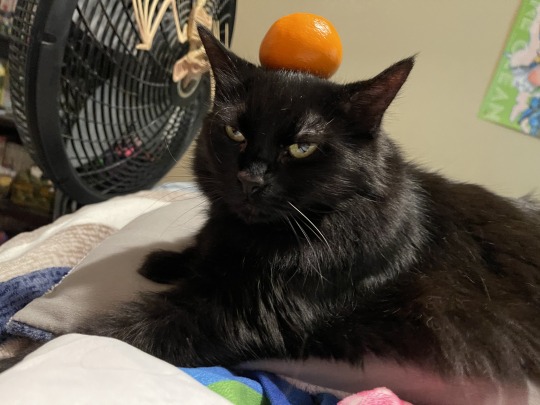
All hail the orange cat of wisdom!
#Jaz#cat#black cat#the void#void cat#orange#funny#lol#cute#animal#kitty#domesticated animal#pic#photo
7 notes
·
View notes
Photo

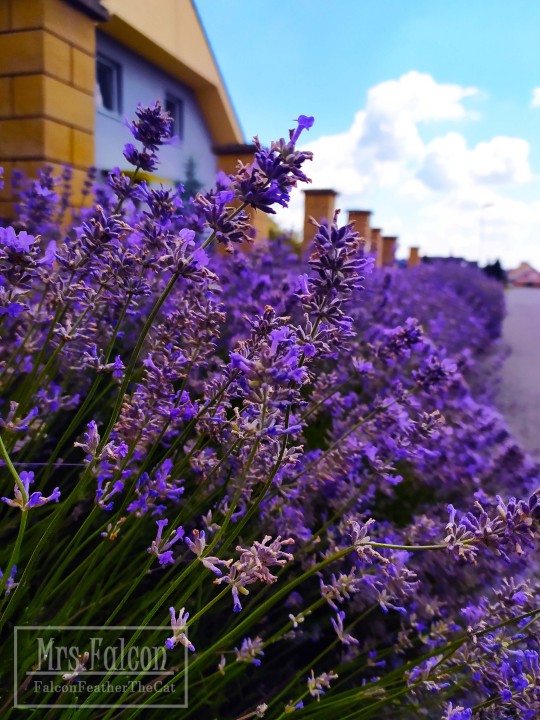
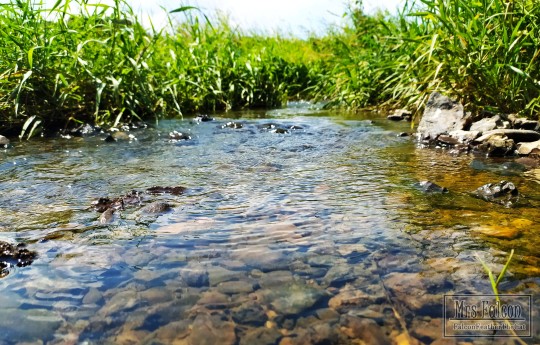


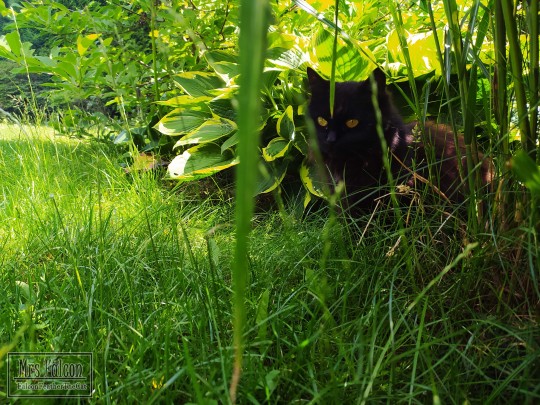
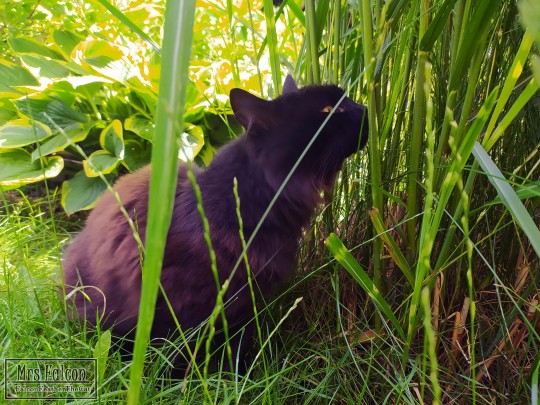
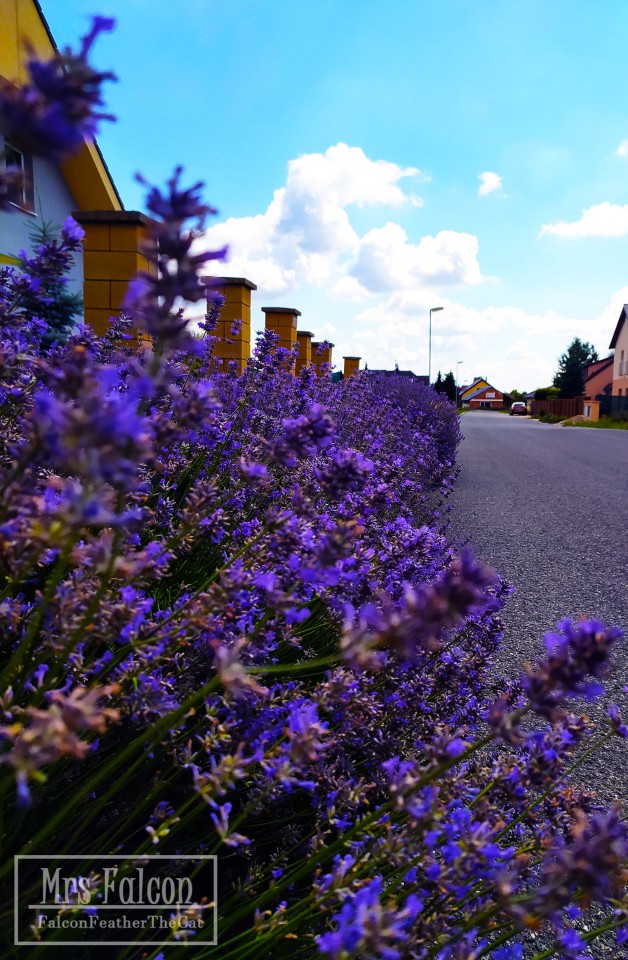
Photography © MrsFalcon (FalconFeatherTheCat) (me)
#my art#photos#photo#photography#nature#nature photography#flowers#flower photography#blossoms#lavender#pink#blue#purple#cats#cat#shecat#tom cat#domesticated animal#domestic cat#waterscape#stream
2 notes
·
View notes
Text

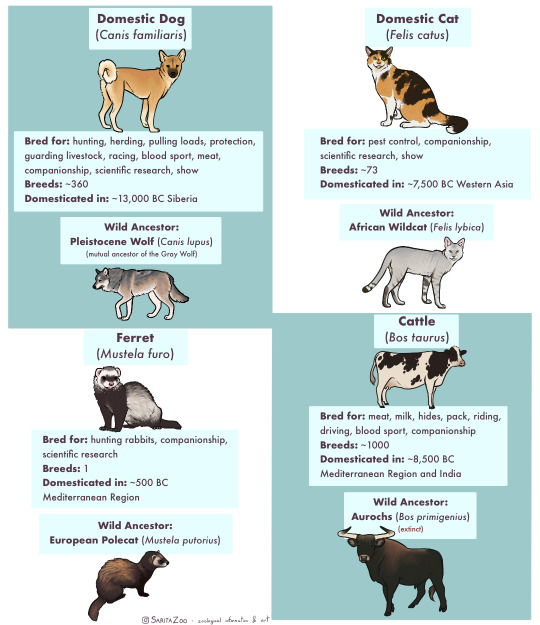


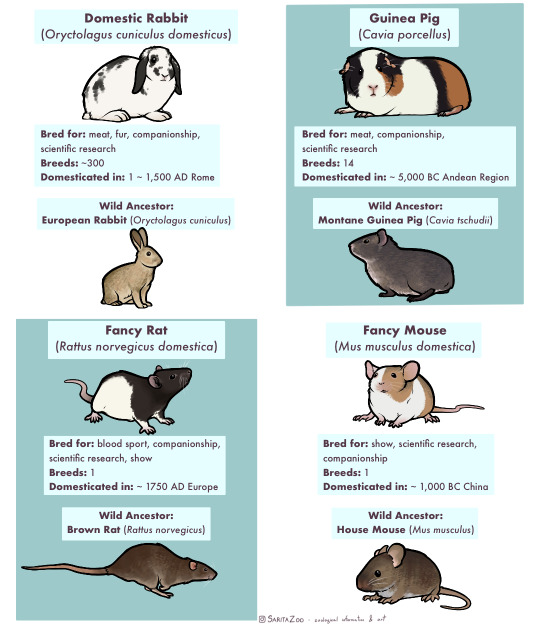
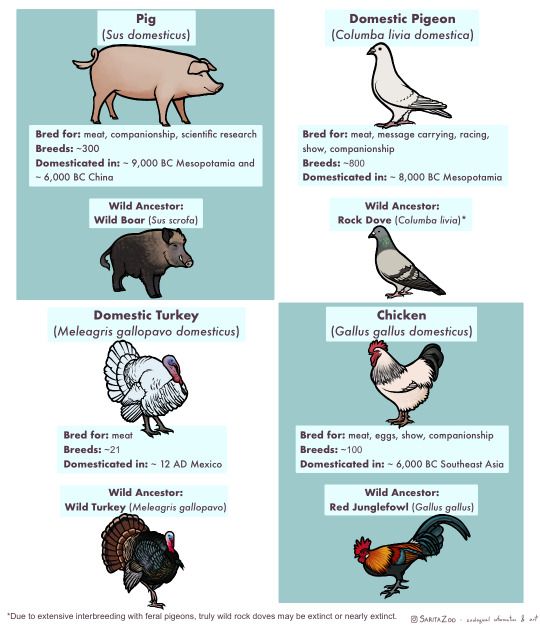
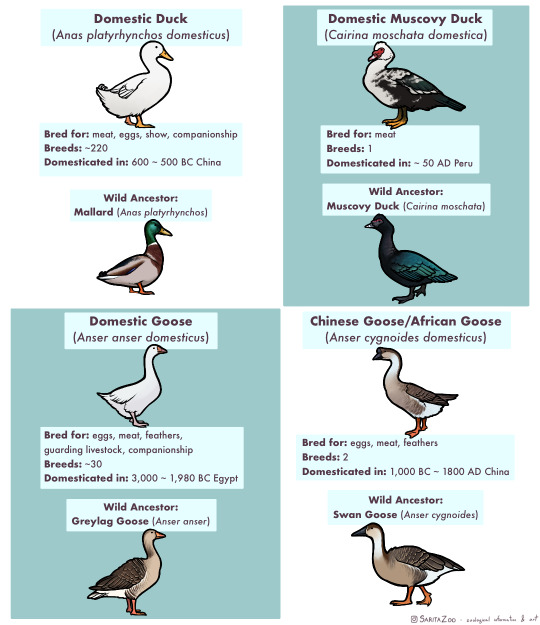
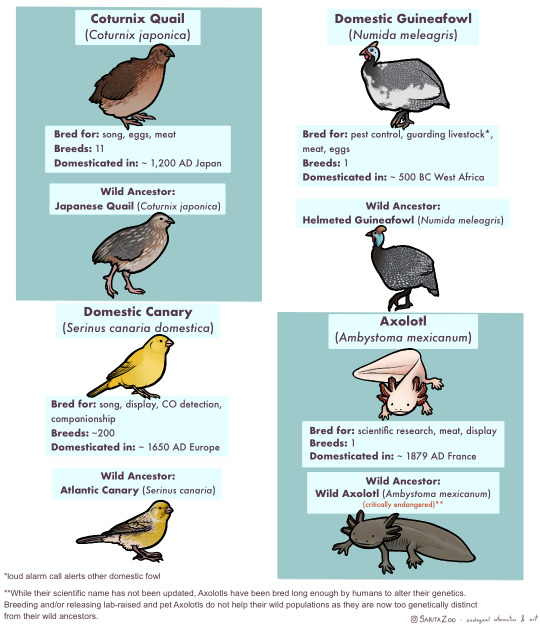


Phew. This one took, uh… a bit longer than expected due to other projects both irl and art-wise, but it’s finally here. The long-awaited domestic animal infographic! Unfortunately, I didn’t have enough space to cover every single domestic animal (I’m so sorry, reindeer and koi, my beloveds) but I tried to include as many of the “major ones” as possible.
I made this chart in response to a lot of the misunderstandings I hear concerning domestic animals, so I hope it’s helpful!
Further information I didn’t have any room to add or expand on:
🐈 “Breed” and “species” are not synonyms! Breeds are specific to domesticated animals. A Bengal Tiger is a species of tiger. A Siamese is a breed of domestic cat.
🐀 Different colors are also not what makes a breed. A breed is determined by having genetics that are unique to that breed. So a “bluenose pitbull” is not a different breed from a “rednose pitbull”, but an American Pitbull Terrier is a different breed from an American Bully! Animals that have been domesticated for longer tend to have more seperate breeds as these differing genetics have had time to develop.
🐕 It takes hundreds of generations for an animal to become domesticated. While the “domesticated fox experiment” had interesting results, there were not enough generations involved for the foxes to become truly domesticated and their differences from wild foxes were more due to epigenetics (heritable traits that do not change the DNA sequence but rather activate or deactivate parts of it; owed to the specific circumstances of its parents’ behavior and environment.)
🐎 Wild animals that are raised in human care are not domesticated, but they can be considered “tamed.” This means that they still have all their wild instincts, but are less inclined to attack or be frightened of humans. A wild animal that lives in the wild but near human settlements and is less afraid of humans is considered “habituated.” Tamed and habituated animals are not any less dangerous than wild animals, and should still be treated with the same respect. Foxes, otters, raccoons, servals, caracals, bush babies, opossums, owls, monkeys, alligators, and other wild animals can be tamed or habituated, but they have not undergone hundreds of generations of domestication, so they are not domesticated animals.
🐄 Also, as seen above, these animals have all been domesticated for a reason, be it food, transport, pest control, or otherwise, at a time when less practical options existed. There is no benefit to domesticating other species in the modern day, so if you’ve got a hankering for keeping a wild animal as a pet, instead try to find the domestic equivalent of that wild animal! There are several dog breeds that look and behave like wolves or foxes, pigeons and chickens can make great pet birds and have hundreds of colorful fancy breeds, rats can be just as intelligent and social as a small monkey (and less expensive and dangerous to boot,) and ferrets are pretty darn close to minks and otters! There’s no need to keep a wolf in a house when our ancestors have already spent 20,000+ years to make them house-compatible.
🐖 This was stated in the infographic, but I feel like I must again reiterate that domestic animals do not belong in the wild, and often become invasive when feral. Their genetics have been specifically altered in such a way that they depend on humans for optimal health. We are their habitat. This is why you only really see feral pigeons in cities, and feral cats around settlements. They are specifically adapted to live with humans, so they stay even when unwanted. However, this does not mean they should live in a way that doesn’t put their health and comfort as a top priority! If we are their world, it is our duty to make it as good as possible. Please research any pet you get before bringing them home!
#SaritaZoo#my art#domestic animals#domestication#pets#dogs#cats#ferrets#cows#sheep#goats#bovids#horses#donkeys#camels#llamas#alpacas#rabbits#guinea pigs#rats#pet rats#pet mice#pigs#pigeons#turkeys#chickens#ducks#geese#quail#i ran out of tags rip
31K notes
·
View notes
Text
Pigeon attempts to court falcon
#is the bird video cute? in my amateur opinion this is probably an unremarkable situation#domestic falcon waiting for work and domestic pigeon trying to fuck it#'that pigeon is huge' wrong. falcons generally arent much bigger than their prey#video#animals#birds#ship dynamic#safekeeping
99K notes
·
View notes
Text
A study that just came out demonstrates that outdoor cats are known to prey on over two thousands species of wild animal, from mammals to birds to insects. That includes 347 species that are endangered, threatened or otherwise of concern, and they've been a key factor of the permanent extinction of over 60 species. And while cats may not always bring home what they catch, chances are if your cat is allowed to roam unsupervised outside, they're killing your local wildlife.
Why is this so important? Worldwide, wild animal populations have decreased in number by 69% in the past fifty years; that means that in my lifetime (born in 1978), the sheer number of wild animals in the world has been decreased by over half. Even "common" wild species are less numerous than before. While habitat population is the single biggest cause of species endangerment and extinction overall, outdoor and indoor/outdoor cats are a significant cause as well. In fact, they are the single biggest cause of human-caused mortality in wild birds.
Most importantly, it's very, very simple to fix this problem: keep your cats indoors, and spay and neuter them. If your cat is bored, they need more enrichment, and there are plenty of ways to make your home more exciting for them, from bringing home cardboard boxes for them to explore, to playing with them more often. If you want your cat to get some outdoor enrichment, leash train them (yes, it can be done!) If you have the space and resources, build them a catio where they can be safe from outdoor dangers like predators and cars, while also keeping local wildlife safe from them.
If you just give into their whining and pawing at the door, then they know that that's what they have to do to get their way; I know it's a tough transition, but it's worth it in the end for everyone involved. Cats are domesticated, which means they are not native anywhere in the world; there are exactly zero ecosystems in which they belong, save for the safety of your home. It is your responsibility to give them an enriching environment without taking the shortcut of letting them go wreak havoc outside.
#cats#outdoor cats#feral cats#nature#wildlife#animals#ecology#environment#conservation#science#scicomm#birds#endangered species#extinction#domesticated animals#domestication#biology#animal behavior#animal welfare
8K notes
·
View notes
Text

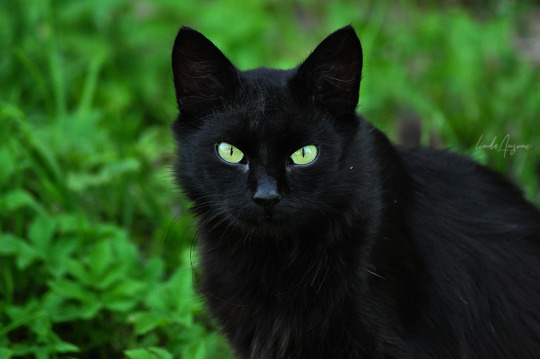
#cat#cats#kitty#cat photos#cat pictures#cat photography#feline#black cats#domesticated animals#animal photography#original photographers#photographers on tumblr#I feel like I've posted very similar photos to these but oh well#she's just too pretty#1k#2k#3k#4k#5k#6k#7k#8k#9k#10k#11k#12k
12K notes
·
View notes
Text

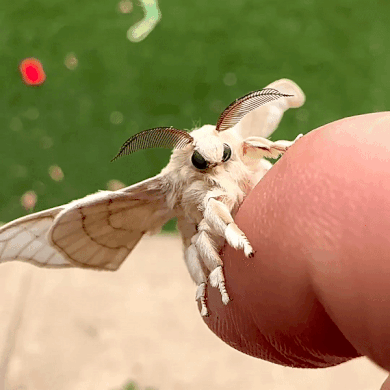
domestic silk moth (bombyx mori) | source
#stim#moths#domestic silk moths#bugs#sfw#animals#white#green#insects#wings#bombyx mori#fluffy#sky puppy#hands#ishy gifs#postish
12K notes
·
View notes
Text
I think it's a common misconception that domesticating animals is somewhat like enslaving them. It really is more of a symbiotic relationship. No wild animal would have willingly put up with early humans if they didn't get something out of it. Wolves wouldn't have stayed with us and become dogs if they weren't getting food and safety out of it. Many large herbivores that are now domesticated could and would have easily trampled their early human captors or broken their enclosures open if they didn't have a reason to stay. Sometimes individual animals still do if we don't give them what they need.
The animals that have stayed with us for thousands of years have evolved to cooperate with us better. Dogs have additional facial muscles around their eyes that wolves lack in order to mimic human facial expressions. Sheep grow their wool perpetually while their wild counterparts don't because a bigger fleece means they're more likely to be allowed to breed and be kept around. Domestic dairy cows produce much more milk than wild bovine species and domestic hens lay more eggs. Do you know how energy costly producing eggs or milk is for an animal? It's pretty intense! They wouldn't be able to do that if we hadn't given them the food and safety from predators and the elements to.
And we really need to show these animals respect and gratitude for what they give us by taking excellent care of them. They gave up a lot to be with us, often including the means to take care of themselves in the wild. That's a huge reason why I'm not against using animal products, but I hate factory farming. They are still living, breathing creatures with needs and feelings. They deserve a comfortable life and, when the time comes, a humane death.
2K notes
·
View notes
Text
I looked up some stuff about the "domestication syndrome" in animals because I read a couple times in books the idea that domesticated animals are neotenous, meaning they retain juvenile traits into adulthood. The idea being that humans have essentially created more helpless, more exploitable versions of wild animals to "dominate" and abuse nature.
I thought, "Okay, that sounds like something that couldn't be proven. How much do we even know about the juvenile brain development of, say, wild goats or boars, anyway?"
So I found this review of the literature that goes back to the fur farm fox domestication study and it's even worse than I thought: We don't even know that a 'domestication syndrome' in animals exists at all, let alone whether it is a retention of juvenile traits into adulthood.
So the fur farm fox domestication study: you may have heard of it, it claimed to have demonstrated that within a few generations, by selecting for tameness, the researchers bred "domesticated" foxes with a whole suite of traits that appear in many domesticated animals but seem unrelated to tameness, such as piebald coloration and floppy ears. The idea is that the genes for tameness and for these other traits commonly seen in domestic animals are linked, that is, an animal that inherits one is likely to inherit the other.
There's some major problems. First of all, all the foxes used in the study were from fur farms, and had already been selected for some level of docility and for coat color variation. The foxes didn't get white spots on them because they were selected for tameness, instead the pre-existing population they were selected from had those genes in it to begin with. Also, the effective population size of the foxes in the study was pretty small, meaning a small amount of genetic drift could have a big impact.
Second, there isn't very much evidence for most of the "domestication syndrome" traits in most animals. Even where the "domestication syndrome" traits can be found, they are often particular to specific breeds, and it's unclear whether they are linked to domestication as such or just the development of that specific breed.
This study only deals with a few animals, mostly small animals. It would be even more interesting to see a breakdown of even more animals (particularly more large animals). Off the top of my head, almost none of these would apply to horses, and only in specific cases would apply to cattle. Even in dogs, extreme changes in skull morphology have happened relatively recently with breeders in modern times going after extreme phenotypes.
Particular to cats: extreme skull changes and floppy ears occur as part of some "breeds" because they are specific painful genetic disorders that breeders of cats decided to perpetuate VERY recently. Scottish Folds were deliberately developed from cats that just so happened to have a disease that causes them to be in constant suffering due to their messed up joints, it's not just a variation that regularly pops up in cats to varying extents. Likewise with the smushed-face Persians. Their brains are getting squished into where their spinal cords should go because their skulls are so messed up from selective breeding for an extreme look.
What domestication means has been majorly shaken up in the past hundred years. With companion animals, breeders are in a race to make the most screwed up animal with the most extreme, striking traits possible, and with livestock animals, lots of heritage breeds with more variations have straight up gone extinct because they've been flattened into industrial monocultures to produce meat and milk as efficiently as possible, health and genetic diversity be damned.
To study domestication itself, you would have to study landrace breeds, right?
Basically there isn't one thing that domestication is
3K notes
·
View notes
Text
Dog
"The dog (Canis familiaris or Canis lupus familiaris) is a domesticated descendant of the wolf."
#forever queued#animals#mammals#zoology#dogs#domesticated animal#domestic animals#domesticated animals
0 notes
Text
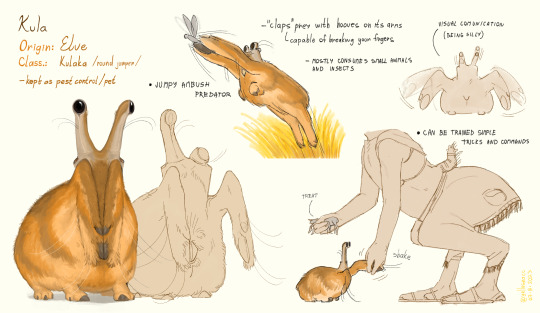
Kula!
A popular domesticated animal of slomen.
Kula are adapted for grassy areas with lots of small prey. In the wild, they either jump after flying or jumping prey or wait at burrows before smashing their prey with their hooves. If the smash isn't enough they hold it to their beak and finish it. Some species are more specialized to wait while others to jump. The domesticated Kula is speculated to be one of the more energetic hunters, mostly interested in 'insects'.
In ancient times wild Kula were attracted to sloman settlements as they would also attract prey with the slomans' food and light.
The slomen would soon learn that Kula were not pests since the wild animals were yet to be spoiled by premium meat cuts and preferred fresh moving meat that the slomen didn't want around.
In current times many cultures keep these animals as pest control on farms and in larger houses. They can be commonly seen in underground rooms that serve as food storage but for a healthy mental state, they need time on the sun.
While in the wild they are usually solitary or in small groups, Kula have a complex body language that they use to express their mood and/or needs. This can be very cute and funny, helping them become as loved as they are.
Many owners will grow to care deeply for their Kula but some cultures recognize them directly as pets. In the high-ranking societies of these cultures, pet Kula get even rounder. Often a certain trait is popular in a culture, resulting in localised breeds with different shapes and colors.

Some little goober possibilities - not entirely canon
In a few places, Kula are also part of a religion and have their own shrines.
#art#speculative biology#artists on tumblr#digital art#artwork#worldbuilding#speculative evolution#fantasy#spec bio#original alien species#original species#spec evo#speculative zoology#xenobiology#domesticated animals#slomen
2K notes
·
View notes
Text
please look at these close-up photos of my cat's dumb face


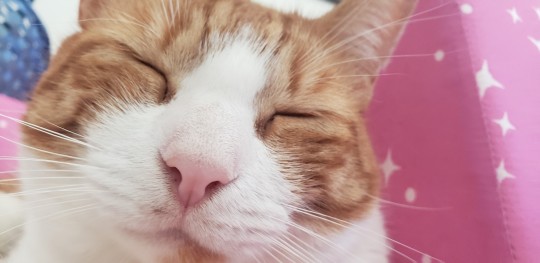

bonus image to celebrate 1k notes:
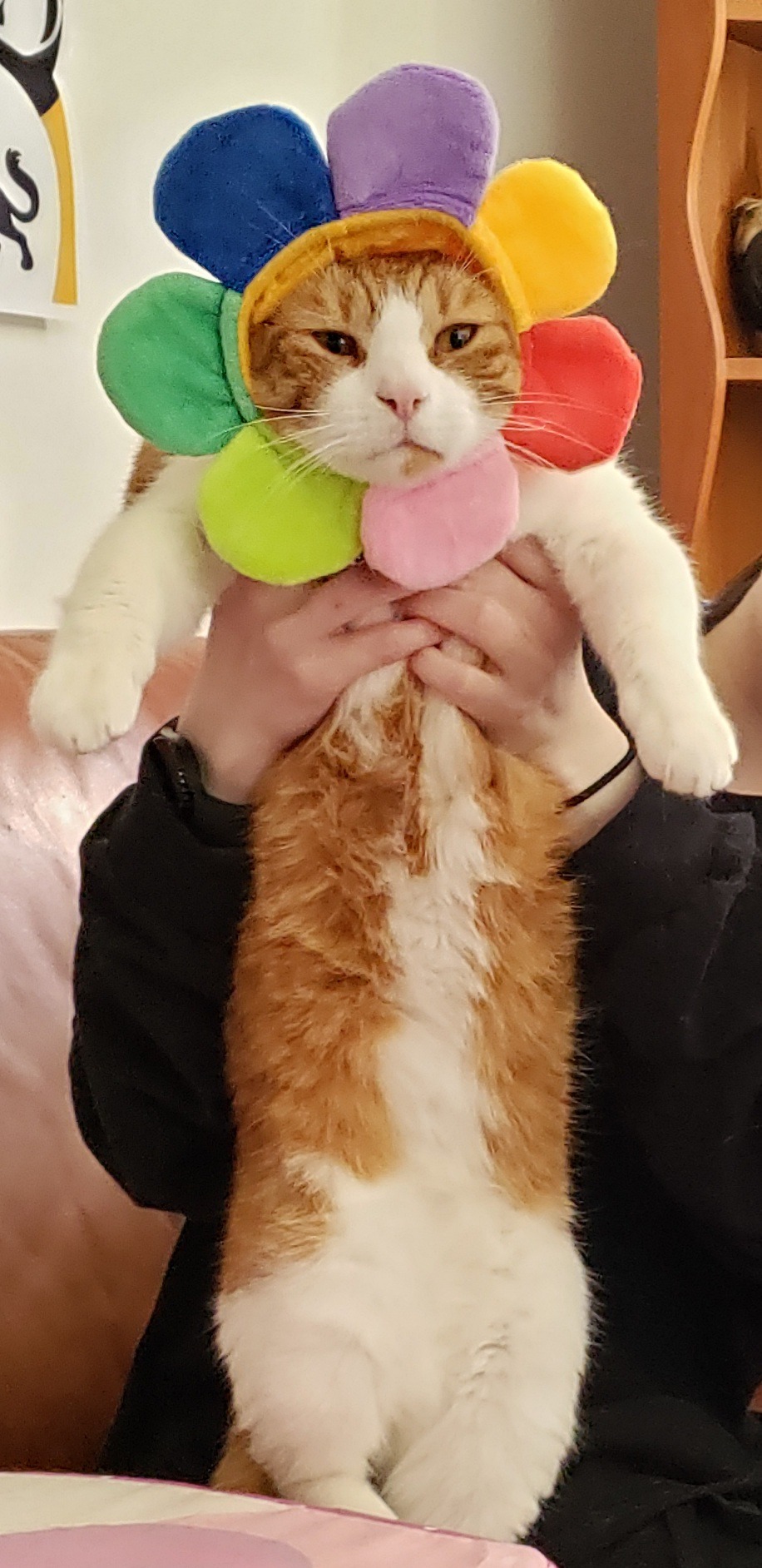
#cat#cats#animals#orange cat#orange cats#animal#look at his big dumb nose#and his stupid little chin spot#fantastic#caturday#domestic pet#domestic cat#pet#pets#catblr#petblr#my pets#my cats#my cat#my pet#his soft warm eyes#his wise gentle expression#FOR EVERY ADDITIONAL THOUSAND NOTES I WILL ADD MORE IMAGES#SO FAR WE'RE AT 2K!!
4K notes
·
View notes
Text
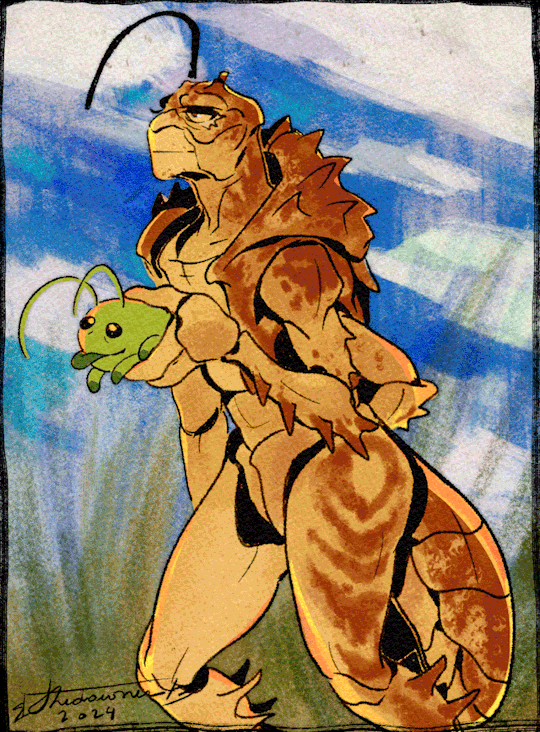
Hopper on aphid sitting duty.
A Bug's Life fanart.
#finished#digital#animation#a bug's life#hopper#hopper a bug's life#a bug's life hopper#fanart#digital art#aphie#aphid#grasshopper#insect#bug#art#artwork#don't worry aphie likes it#anthro#furry#anthro art#furry art#procreate#photoshop#he's become domesticated
480 notes
·
View notes
Text
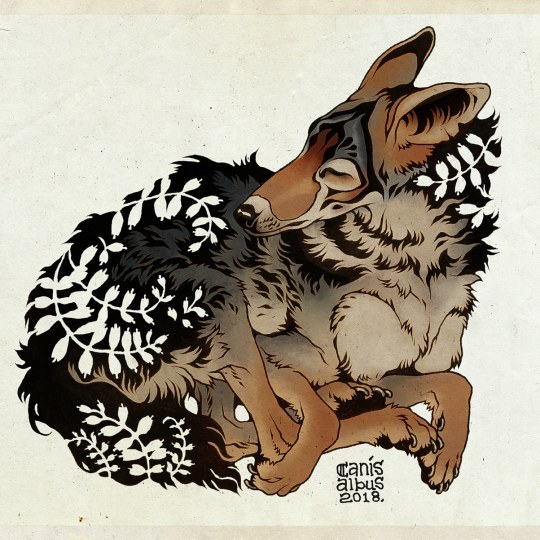
Metsänpeitto
#own art#canisalbus#art#artists on tumblr#coyotes#canine#animals#metsänpeitto means forest's cover#it's a phenomenon in Finnish folklore where people and domestic animals go missing in nature for unexplained reasons#claimed by the woods in a way
6K notes
·
View notes
Text
HUSBAND!NANAMI TEXTS

Warnings : slightly suggestive at first, big font cause i’m blind, reader is gender-neutral!
Genre : mild crack, little smidge of hurt/comfort, fluff <33
Additional notes : I’ve had non-stop exams for the past like month or two, so here’s a little something cause I miss my man 💔
Tip jar!
Masterlist


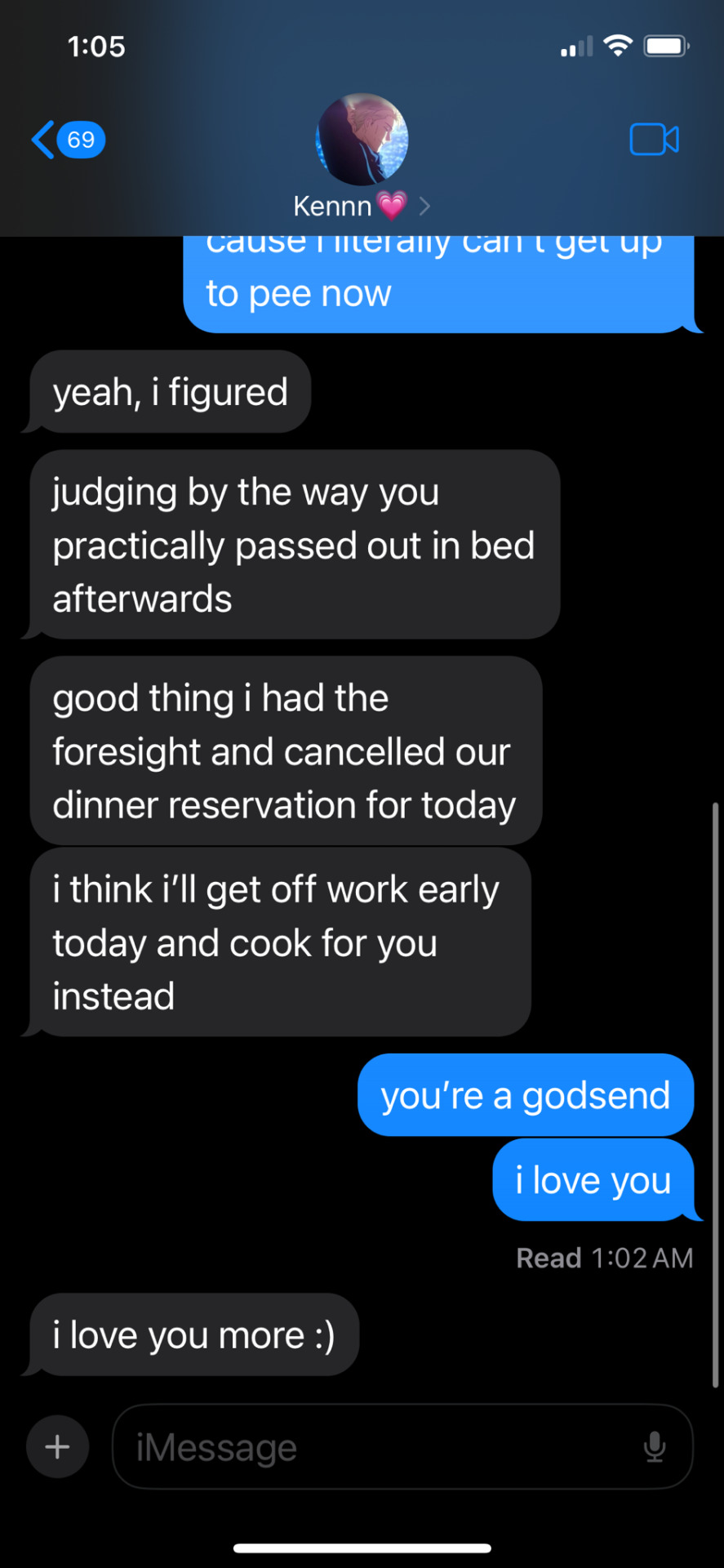

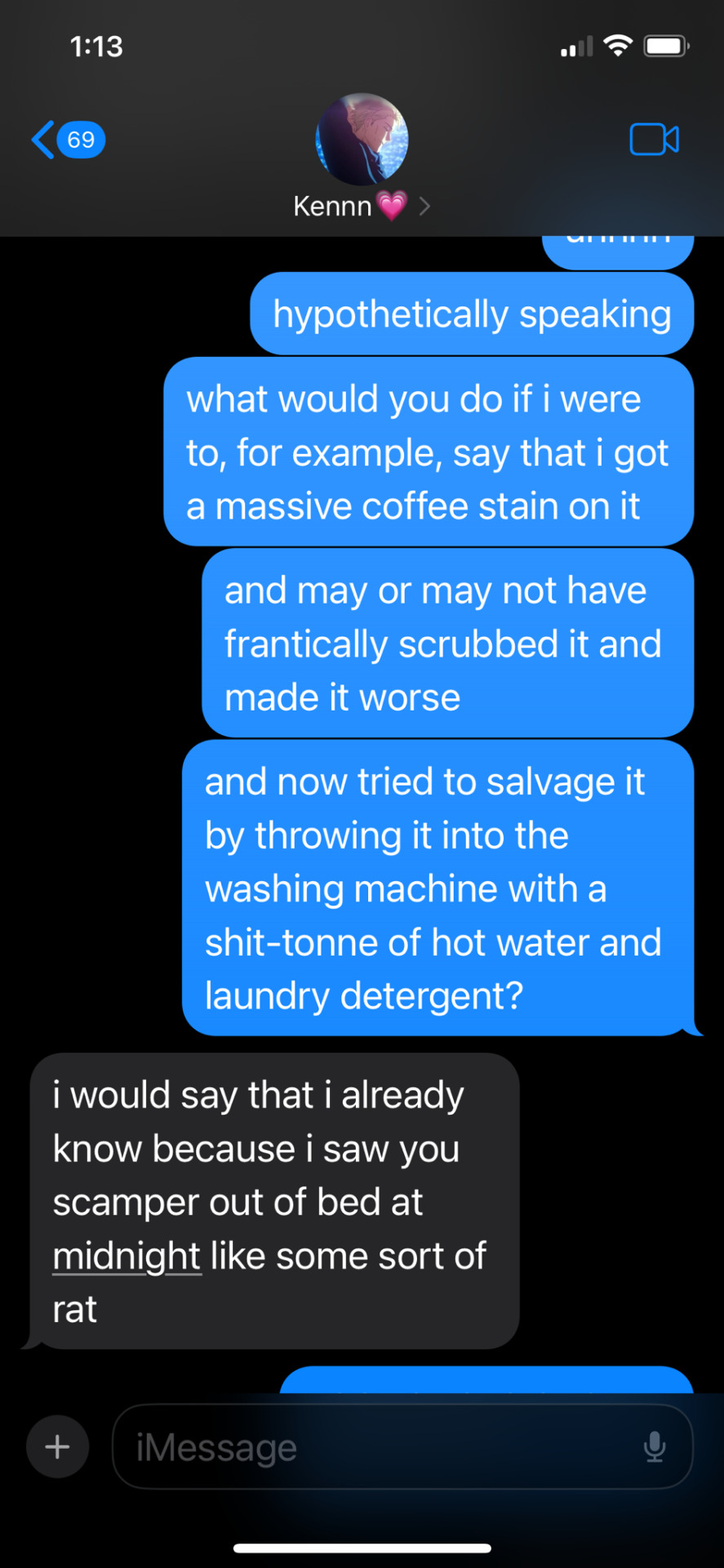




Taglist : @blondeboyfriend @mrsgiovanna @sherlockscumslut @the-foreigner @thispersoniscrazy @em-3456 @angry-and-yandere
Sign up for my taglist here!
#imagine#oneshot#anime#fluff#domestic#jjk#jujutsu kaisen#nanami kento#nanami kento x reader#nanami kento fluff#nanami kento oneshot#nanami#nanami x reader#nanami fluff#nanami oneshot#kento nanami#kento nanami x reader#nanami texts#smau#texts#husband nanami#nanami jjk#jjk nanami#jujutsu kaisen nanami#nanami jujutsu kaisen#nanamin#social media#texting
437 notes
·
View notes